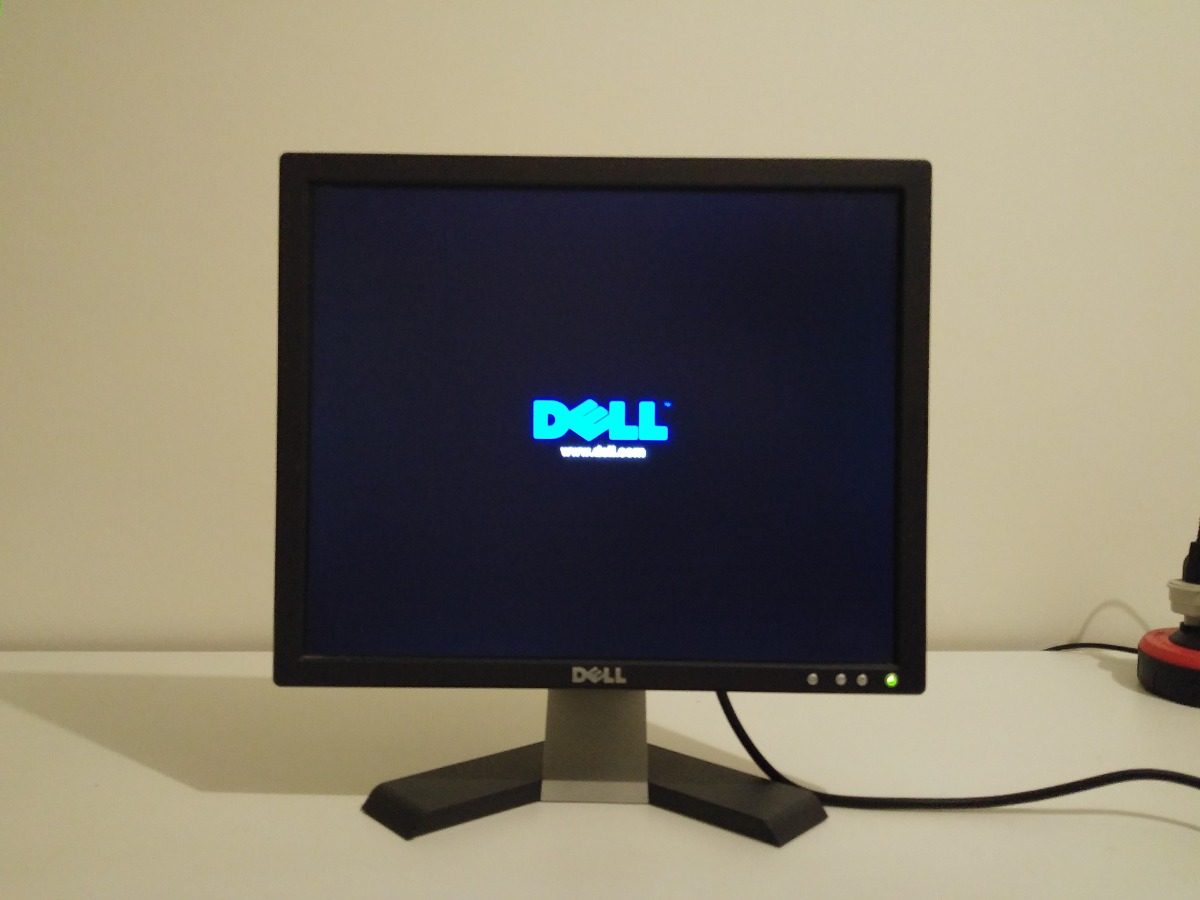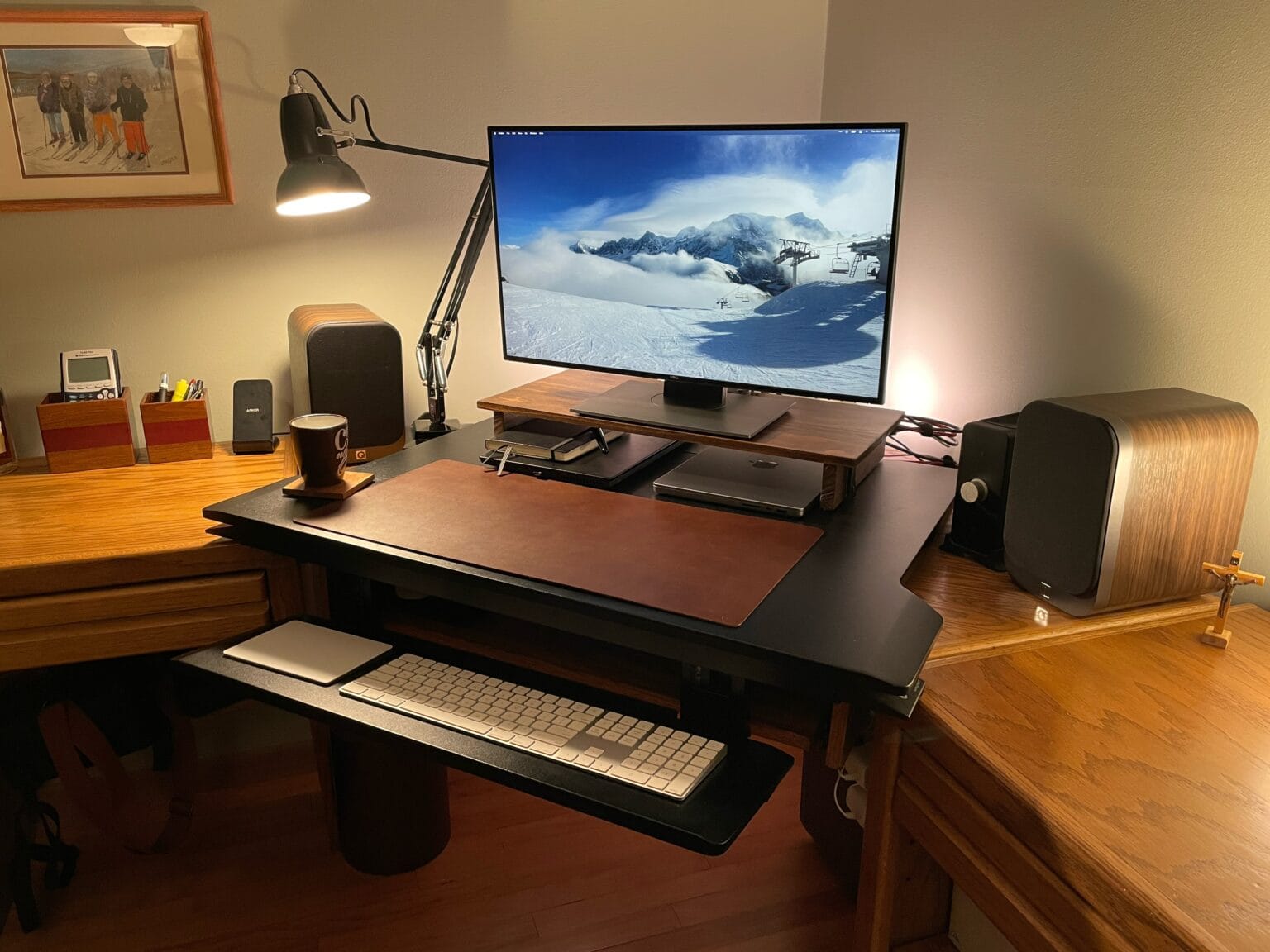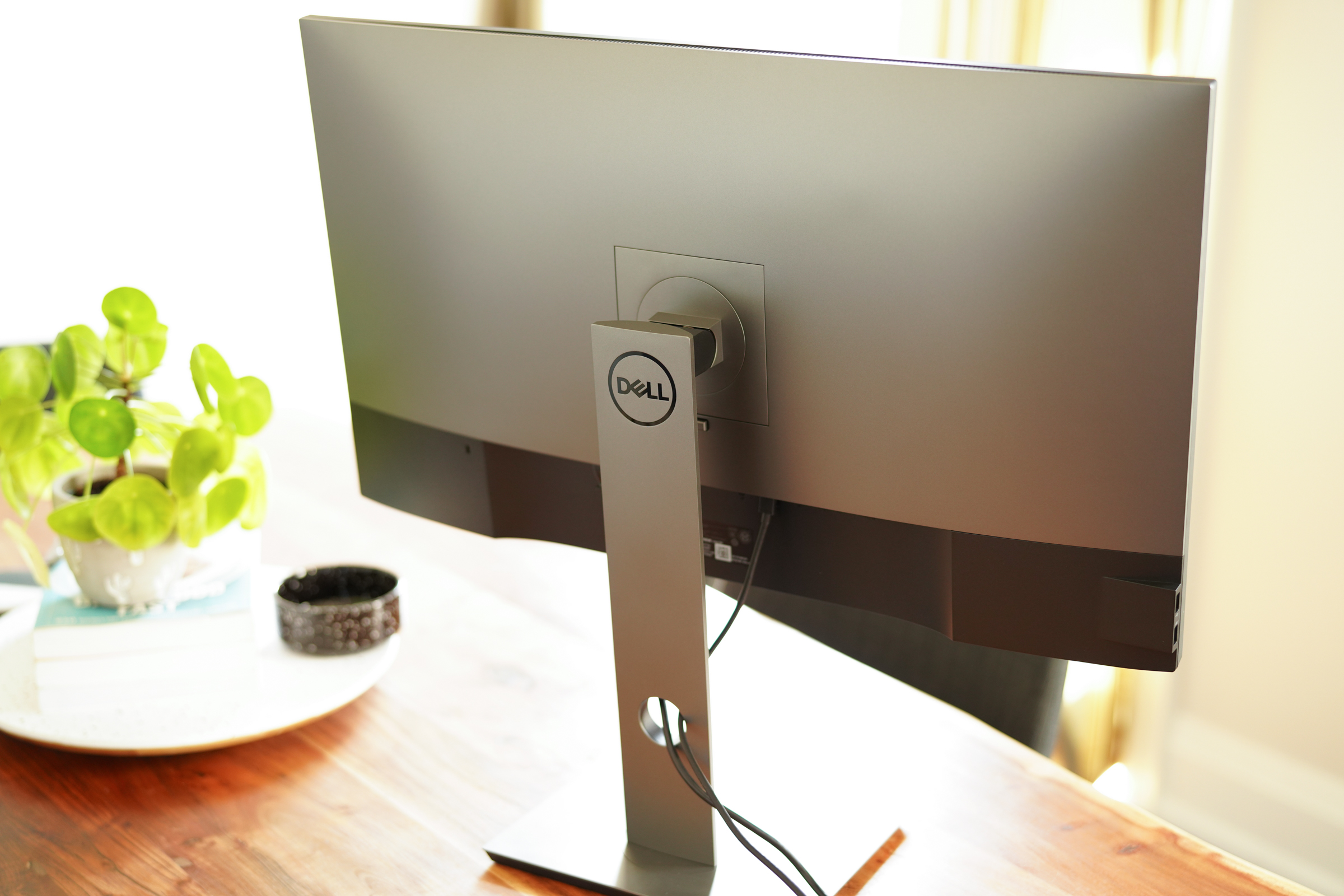

And this is why at least based on my experience on the Windows side, I prefer just getting a 27" display that actually has a 1440p physical pixel Happy to help! Yeah if you want "cleanly scaled 1440p", you need a 5K display so that you can use 200% scaling. A 1440p source image just doesn't map precisely onto a 4K physical pixel grid.

You might find that a 27" 4K display's pixel density is enough that this isn't all that noticeable, but I suspect if you looked at text at "1080p equivalent" compared to "1440p equivalent", you'd find that the art isn't as razor sharp, and this is why. That will introduce some scaling artifacts. So instead, macOS and applications render using either the Retina or non-Retina assets (not sure which) and then the system uses GPU scaling to adjust the content post-render. So Microsoft didn't have this type of shortcut, and as a result, Windows still today doesn't handle scaling as well as macOS has for years already.) And even when macOS does have to scale something, such as an old application that doesn't have any Retina-size assets, using 200% scaling means that each pixel in the asset maps precisely onto a 2x2 physical pixel grid, which still looks very clean even if it's not any sharper.īut when you run some "intermediate" scale factor, such as "1440p equivalent", there aren't any native art assets to use. 27" displays can be had as 1080p, 1440p, 4K, and 5K, for example.
#Dell 4k monitor mac pro Pc
Meanwhile, in the PC world, there are a HUGE range of pixel densities. As a result, macOS and its apps have supported scaling very well since the beginning. laptop, and their Retina displays are 200-220 ppi. Apple's non-Retina displays are 100-110 ppi depending on desktop vs. And it was feasible for them because Apple knew they'd control the pixel densities of most displays that would be used with their systems. (This is the shortcut Apple offered to developers to rapidly implement Retina support. As a result, Apple just told their developers to create these art assets, and then suddenly when they're used on a Retina display, everything is the correct physical size and just a whole lot sharper, with no scaling artifacts since it's not actually scaling anything it's just using original assets that were already CREATED at a larger scale. The reason this is done is that when Apple introduced Retina displays, they had exactly double the resolution in each dimension as the non-Retina displays. Those are, as the name suggests, the same graphical elements but designed at twice the horizontal and vertical resolution. When you run 200% scaling, which in the case of a 4K display would be "1080p equivalent" (since 4K is twice as many pixels in each dimension compared to 1080p, and 4x as many pixels overall), then macOS and any Retina-aware applications instead use their art assets. When you run unscaled 4K, macOS and applications use their standard art assets, designed for unscaled, non-Retina display scenarios. But running "scaled 1440p" will erase some of those benefits. That said, macOS and its applications tend to handle scaling quite a bit better than Windows because Apple implemented a design that made it VERY easy for their developers to support display scaling (one of the many perks of Apple having control over their OS and most of the hardware it would be running on). On the Windows side I've always considered 27" 4K displays to be the worst of both worlds, because the pixel density is high enough that you have to enable scaling - which many Windows applications still don't handle well - but not high enough for a true Retina experience, which requires 5K on a 27" display.


1440p is ideal.which is precisely why 1440p was the standard resolution on 27" displays before 4K mania set in thanks mostly to TVs. I agree that "sharp 1080p" would be huge on a 27" display and unscaled 4K is too small.


 0 kommentar(er)
0 kommentar(er)
